Experience Montenegro: The Adriatic’s Hidden Paradise
Montenegro, the hidden gem of the Adriatic, offers a breathtaking blend of natural beauty, rich history, and vibrant culture. This enchanting Balkan country is renowned for its stunning coastlines, with crystal-clear waters and picturesque beaches that rival those of its more famous neighbours. Explore the ancient coastal town of Kotor, a UNESCO World Heritage site, where medieval architecture meets dramatic mountain backdrops. Discover the serene beauty of Durmitor National Park, a haven for outdoor enthusiasts with its pristine lakes and hiking trails. Whether you’re wandering through charming villages, enjoying the local cuisine, or soaking in the stunning views, Montenegro promises an unforgettable adventure. Come and explore why Montenegro is quickly becoming a must-visit destination for travellers seeking both relaxation and adventure in the heart of Europe.
A Montenegro visa and a Montenegro e-Visa are both documents that allow a person to enter and stay in the country for a specific period of time and for a specific purpose. The main difference between the two is how they are obtained.

Montenegro visa: A Montenegro visa is a traditional visa that is issued by the government of Montenegro through its embassies and consulates. The process of obtaining a traditional visa typically involves submitting an application and supporting documents in person or by mail and waiting for the visa to be processed and issued.
Montenegro e-Visa: A Montenegro e-Visa, on the other hand, is an electronic visa that can be obtained online. The process of obtaining a e-Visa typically involves filling out an online application, submitting a digital copy of the required documents, and paying the visa fee online. Once the application is approved, the e-Visa is emailed to the applicant.
Montenegro offers several types of e-Visas, depending on the purpose of travel and the duration of stay.
The types of e-Visas include:
Granting a temporary residence permit is applicable in certain cases. It is issued to foreigners intending to stay longer than 90 days in Montenegro, for the following purposes:

UAE citizens can visit Montenegro for up to 90 days without needing a visa. With just a valid passport, you can enter, transit throughand explore Montenegro hassle-free. Whether you’re planning a vacation, a business tripor just passing through, Montenegro welcomes you with open arms. Enjoy your stay in this beautiful Balkan destination without the need for visa formalities!
Holders of foreign travel documents who have a valid residence permit in the United Arab Emirates continuously for at least three years before entering Montenegro, can enter Montenegro by direct air flights and stay in Montenegro for up to ten days, in the period from May 1 to September 30, 2024, without a visa, if they have a valid travel document and a proof of paid tourist arrangement.
Decision does not apply to holders of valid foreign travel documents with a residence permit in the United Arab Emirates who are nationals of Bangladesh, Afghanistan, Syria, Pakistan, Somalia and India.

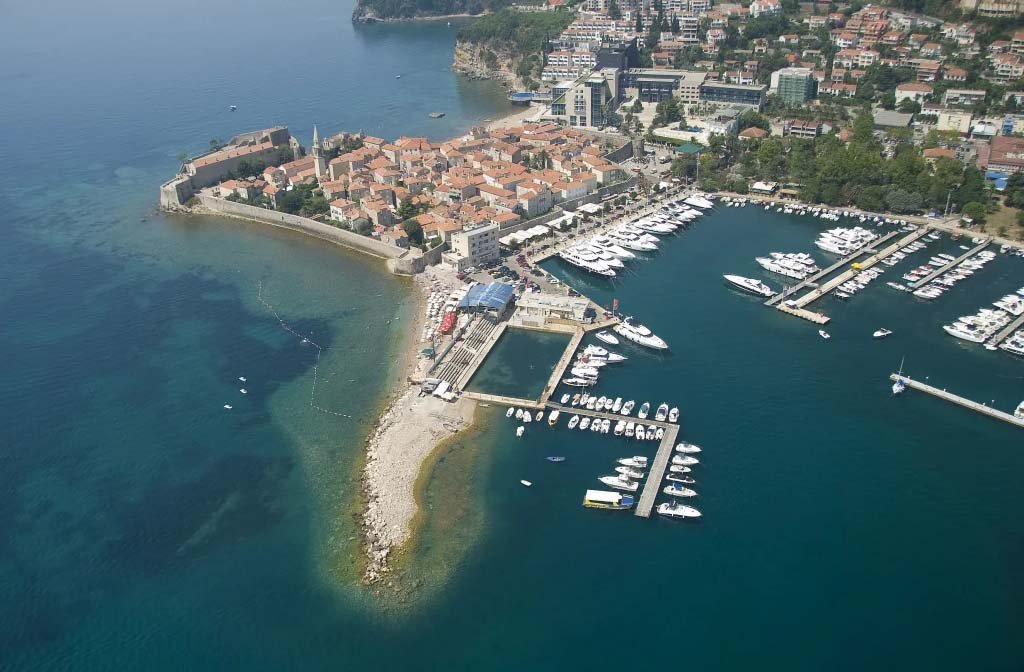
Budva
Beaches, glitz and history blend in equal measure in the most-visited destination in Montenegro. Budva Riviera is a playground of shiny super-yachts and pulsating nightlife. By day, it’s glamor at the beaches. Jaz beach is effervescent during Sea Dance Festival in summer. Ancient history is there in the waterfront stone old town, Stari Grad, where marble streets and Venetian walls jut out of crystalline waters. Views from the Citadela are unparalleled, by day or while dancing the night away.
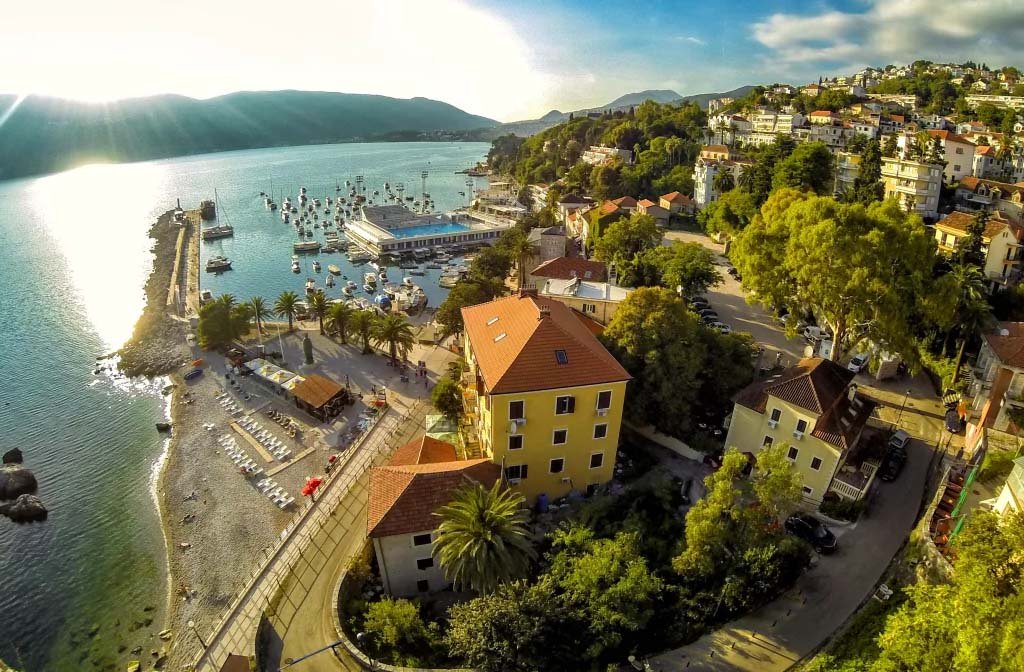
Herceg Novi
The fortified city acts as gatekeeper to the UNESCO Bay of Kotor, Montenegro’s crowning glory. Stari Grad’s soul-stirring feat of enchanting churches and centuries-aged fortresses is given new lease of life by buzzing cafes, restaurants and bars. Swimmers will delight in pristine waters at the pebble bay. Olive groves burrow the 300 meter-long Žanjic beach, while Uvala Veslo is for adventurers seeking cliff-jumping and strong swimming currents.
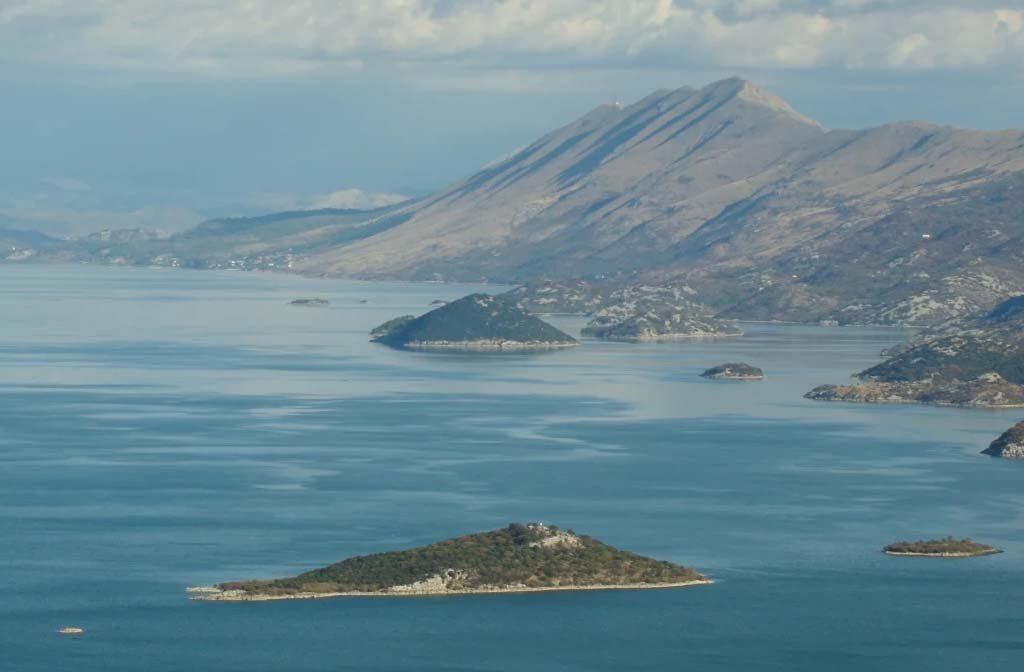
Lake Skadar
Lesser-known and a true Montenegrin highlight, Skadar forms the largest freshwater lake in the Balkans, straddling Montenegro and Albania. The former summer residence of the Montenegrin royal family is a wildlife wilderness and birder’s paradise, comprising rolling green Karst mountains, floral fields and lily-strewn lakeshores. Boat tours traverse the wetlands from between one to six hours, taking in island monasteries, traditional fishing villages, fortresses, ancient monuments and hidden beaches.
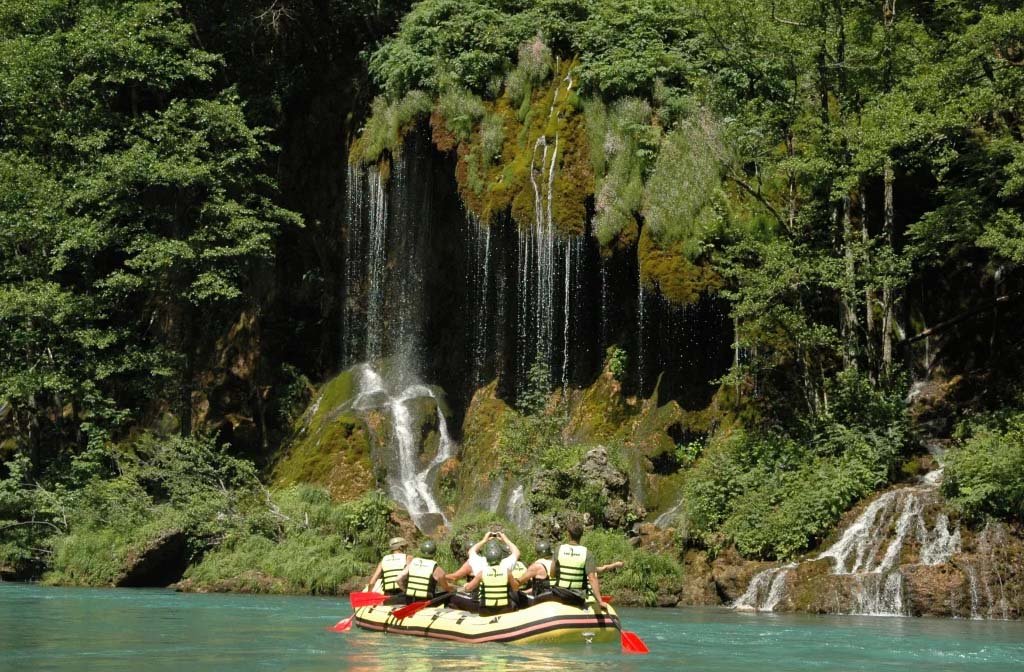
Tara Canyon
A 150 meter-high bridge on the Tara River is widely known as one of the most beautiful in the world. Clad in dense pine forests and clear lakes, the 82-kilometer canyon is one of the world’s deepest and largest, splicing the mountains of Durmitor National Park, a UNESCO World Heritage Site. Celebrated whitewater rafting, jeep safaris, canyoning and zip-lining satisfy the adrenaline junkies, but for those wanting a bird’s eye view, head up Mount Ćurevac.

Durmitor
Created by glaciers and crisscrossed by underground streams and rivers, the Durmitor National Park limestone massif spans 39,000 acres across north-western Montenegro and Bosnia & Herzegovina. Switchbacks and hairpin bends make an exhilarating drive, past glacial lakes and rocky outcrops, including the tallest peak in Montenegro, Bobotov Kuk at 2,523 meters. This segment of the Dinaric Alps is embodied by captivating peaks, protected forests sheltering bears and glacial lakes embedded in the Tara River Basin Biosphere Reserve.
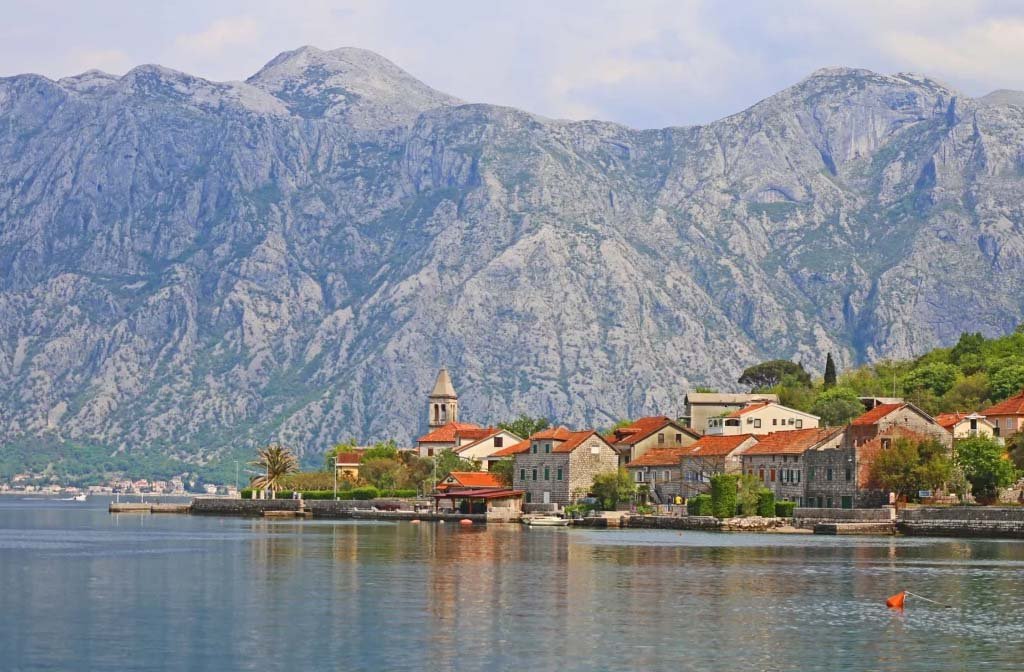
Kotor
Kotor Old Town, a UNESCO World Heritage site, is a living breathing museum. The rabbit warren Old Town is a showcase of crumbling churches, Venetian-inspired architecture where the palazzo of wealthy seamen dot the shores. The region’s proud seafaring history is portrayed in the Maritime Museum of Montenegro, one of the most comprehensive museums on the Adriatic coast. The beauty of Kotor lies in its ancient relics brought to life by locals who still inhabit the town and frequent it’s offerings.
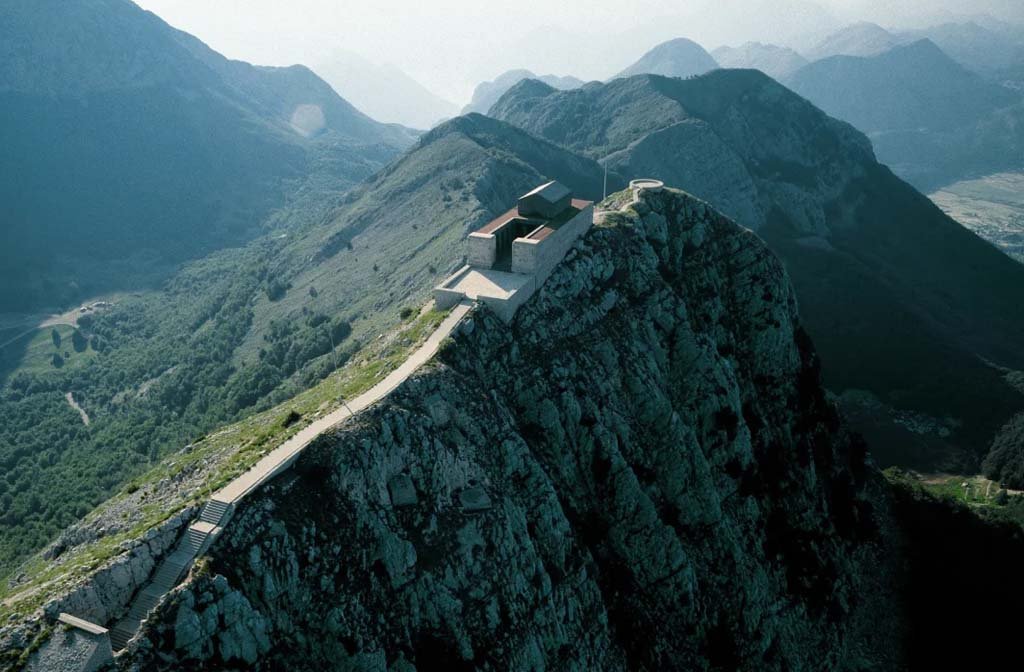
Njegos Mausoleum
Extreme altitudes and two distinct climatic zones, Mediterranean and Continental, make Lovćen National Park a rugged and craggy landscape. Located in the rocky Dinara Alps, on the second highest peak 1,675 meters above sea level, the park is home to the mausoleum of former Montenegrin ruler Petar II Petrović-Njegoš. Housed in a marble chapel, up 461 steps, is a winged granite eagle bearing his remains.
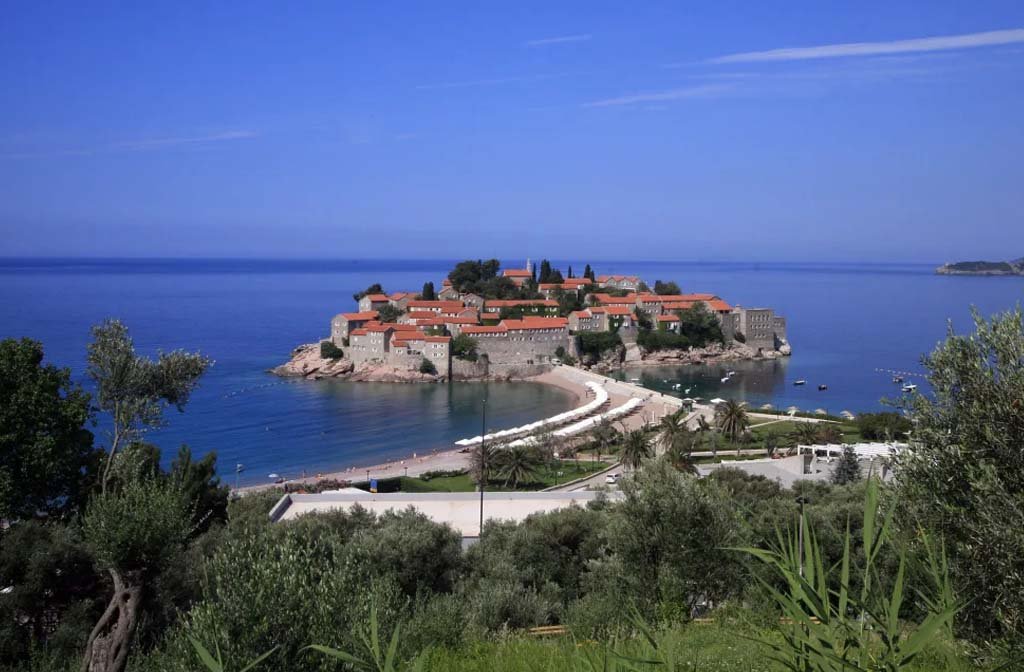
Sveti Stefan
Sveti Stefan island graces global magazine covers. It’s easy to see why. A red-roofed tangle of irregularly shaped whitewashed stone villas is suspended above turquoise sea, linked to a pink-sand beach by a jetty. Formerly a fishing village jutting out on a peninsula, the walled island was a haven for families needing protection from invading Turks and pirates in the 1400s. Churches and ancient inscriptions are peppered throughout.